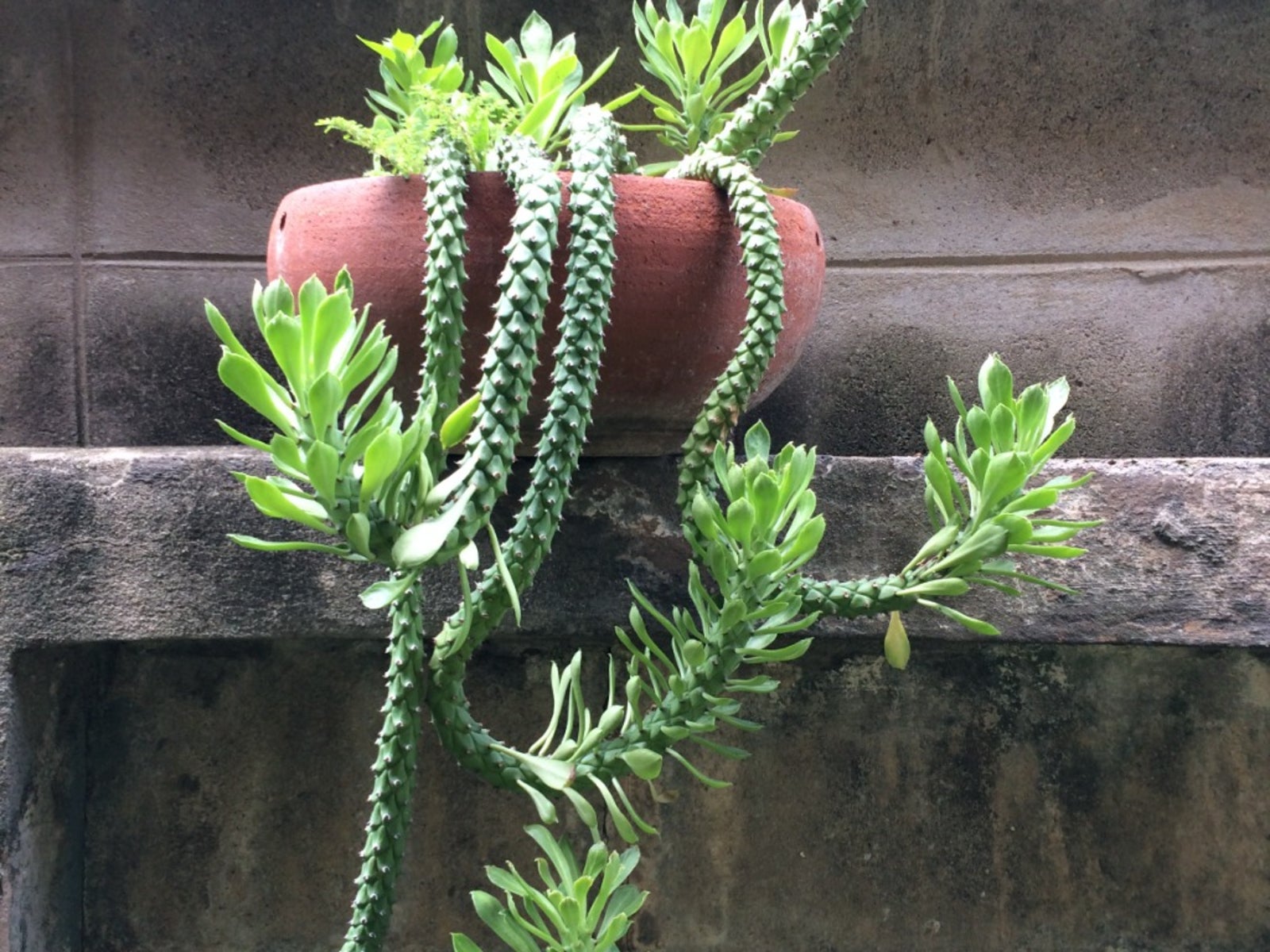Aporocactus Rat Tail Cactus Info: How To Care For A Rat Tail Cactus


Rodents may not be your thing, but the easy-to-grow rat tail cactus could be. Aporocactus rat tail cactus is an epiphytic plant, which means it grows naturally in low soil cracks such as tree crotches and rocky crevasses. The plants are native to Mexico which means for the most part growing rat tail cactus is an indoor activity. Gardeners only in the warmer zones can grow them outdoors, but rat tail cactus houseplants thrive in the interior landscape. Rat tail cactus care is uncomplicated, and the plants add interest and texture to hanging baskets or succulent containers.
Aporocactus Rat Tail Cactus Facts
Rat tail cactus is a trailing plant that sends out long stems with short, fine spines. The overall color of the plant is green when young but the stems age to an almost beige color. Flowers are rare but when they arrive, they are a glorious bright pink to red hue. Blooms are up to 3 inches (7.5 cm.) long, tube-shaped, and arise on mature stems. Many gardeners choose a hanging planter or unusual container, such as a hollow cow's horn, for growing rat tail cacti. The unusual appearance of the plant is set off by simple container forms that accent the lovely, pencil-thin stems. Happy rat tail cactus can get 6 feet (2 m.) in length. Trim excess growth and use pruned stems to start new cactus.
Growing Rat Tail Cactus
Rat tail cactus houseplants require bright light even during their dormant period. These plants grow moderately in a warm room with low humidity. Most gardeners will find care for rat tail cacti minimal. Keep the plant away from drafty areas and dry between watering. The plant is an old-fashioned houseplant that is passed from friend to friend through rooted cuttings. Allow the cutting to callus on the end before inserting it into the sand to root. Repot in April when the plant is just ending its dormancy.
Care for a Rat Tail Cactus
Contrary to some advice, cacti do need water. During the growing season between late April and November, soak them deeply and then allow the soil to dry out before soaking again. In winter allow them to dry out and keep them slightly cooler. This will promote the formation of blooms in spring. Excess humidity may cause the stems to rot but overly dry conditions encourage spider mites. Find the happy medium and your plant will thrive. A good planting mixture is four parts of loam, one part of sand, and one part vermiculite or perlite. Make sure any container in which they are planted has excellent drainage. Watch for pests and diseases and act quickly to remove any threats. Move the plant outside in summer. The minimum temperature acceptable to Aporocactus rat tail cactus is 43 degrees F. (6 C.). Be sure to move the plant indoors if frost is expected.
Sign up for the Gardening Know How newsletter today and receive a free copy of our e-book "How to Grow Delicious Tomatoes".

Bonnie Grant is a professional landscaper with a Certification in Urban Gardening. She has been gardening and writing for 15 years. A former professional chef, she has a passion for edible landscaping.